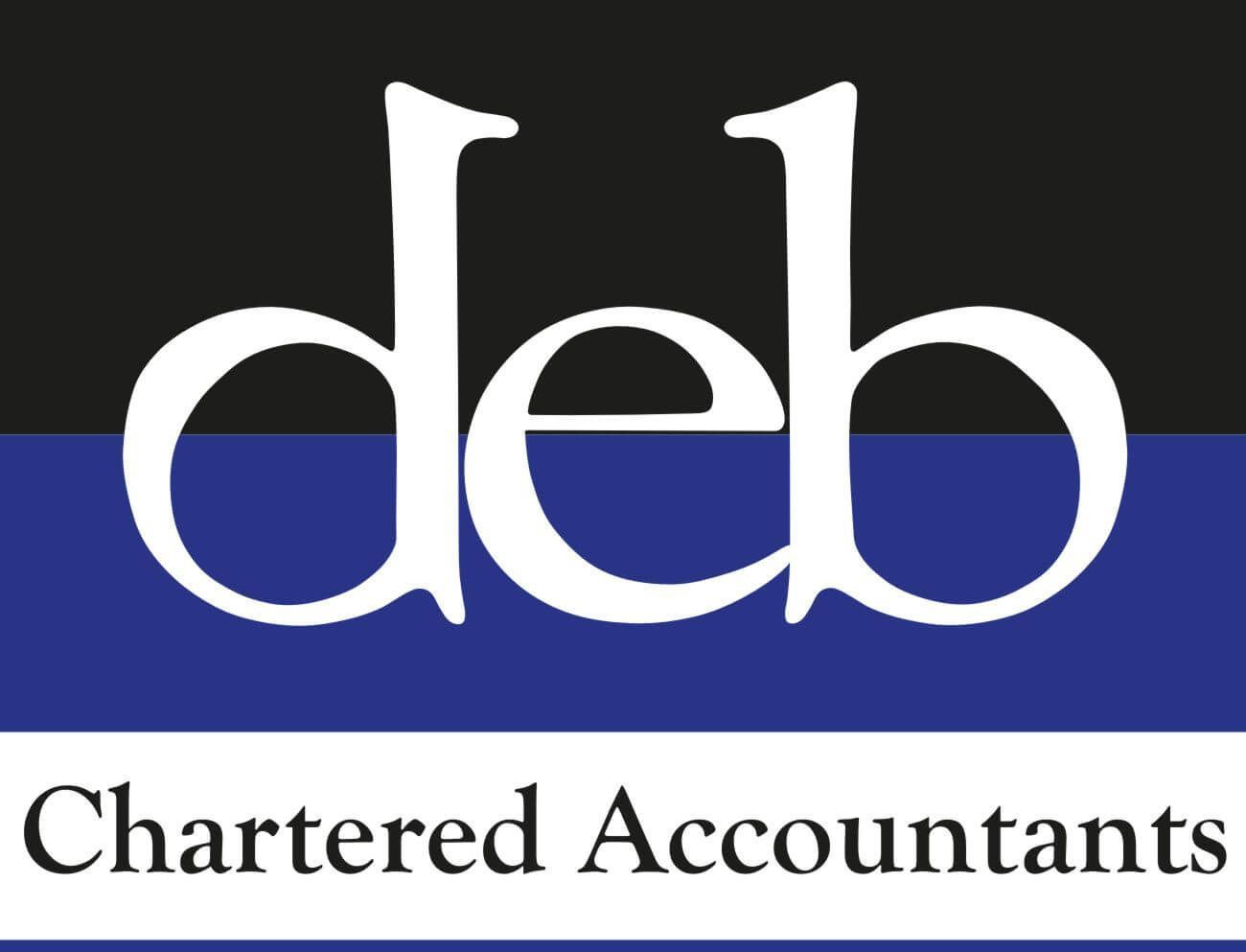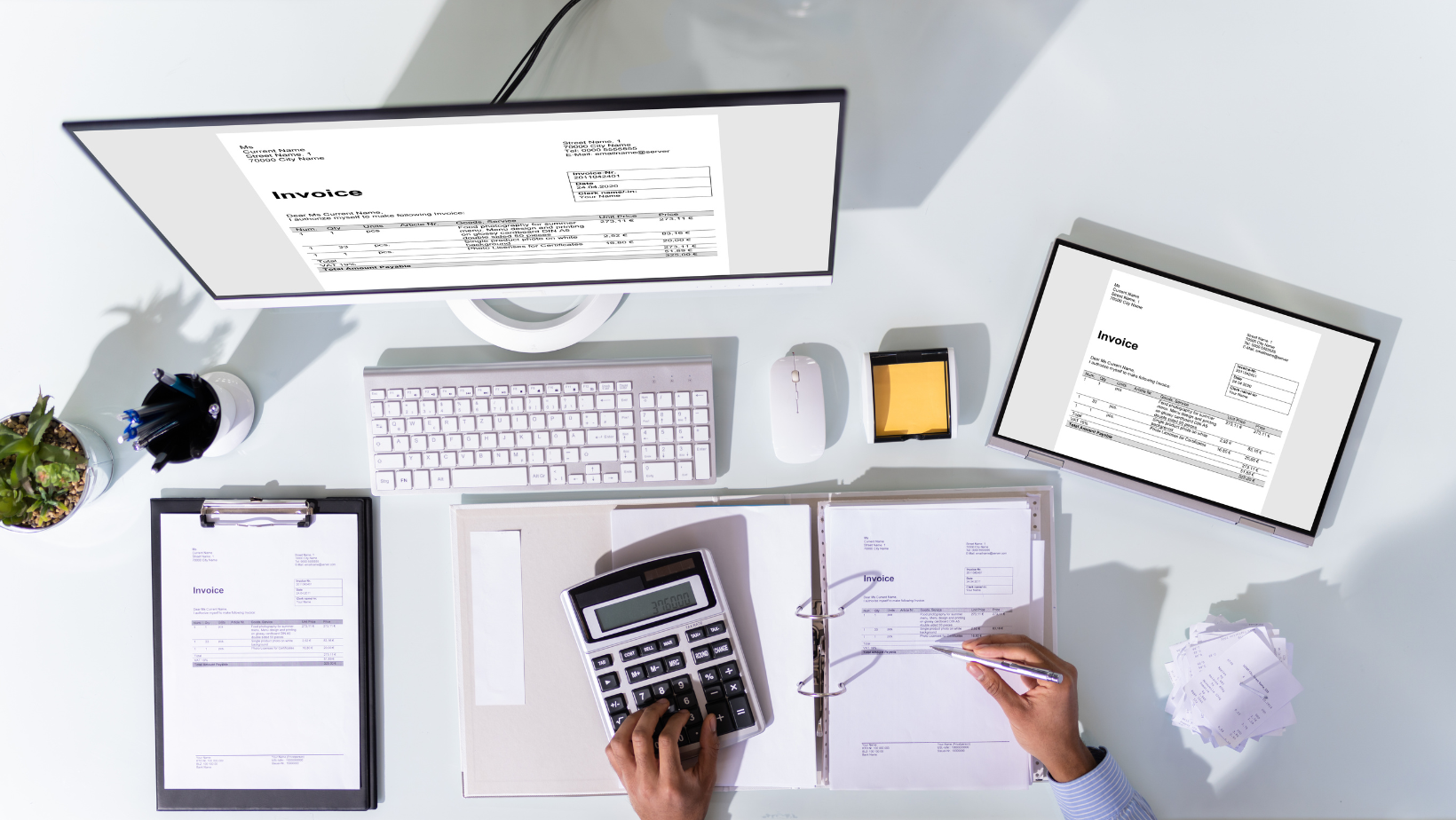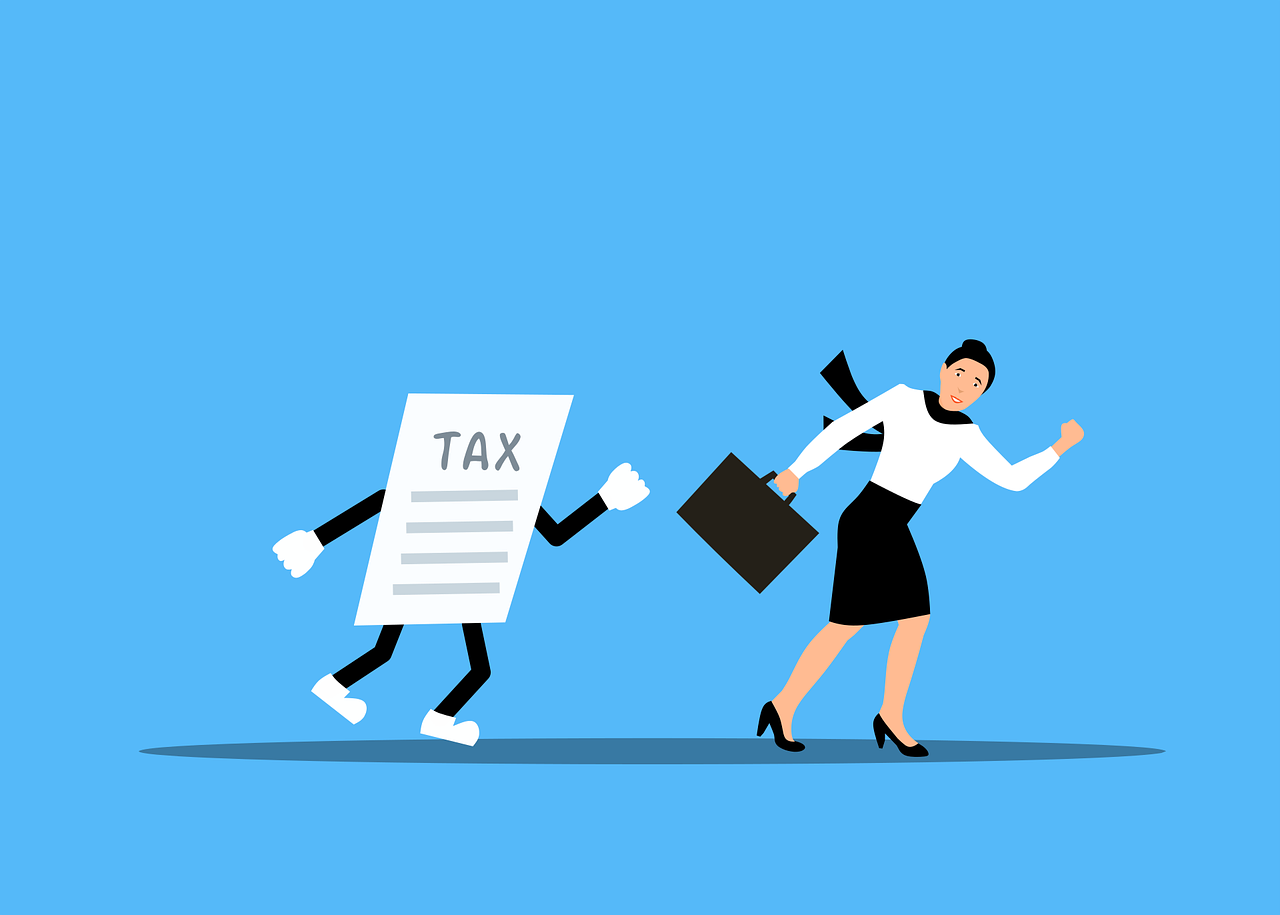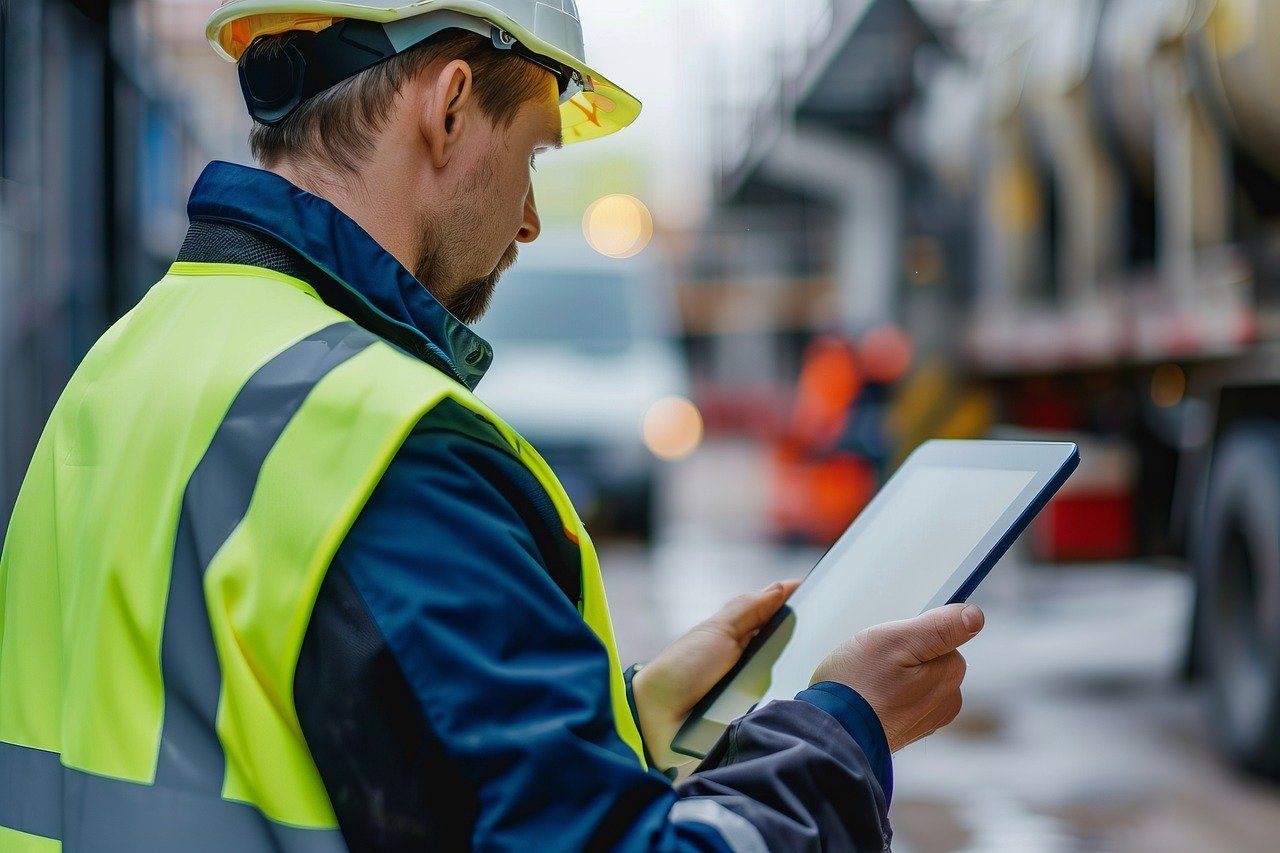Comprehensive Guide to the VAT Reverse Charge for Construction Work
Introduction to the VAT Reverse Charge
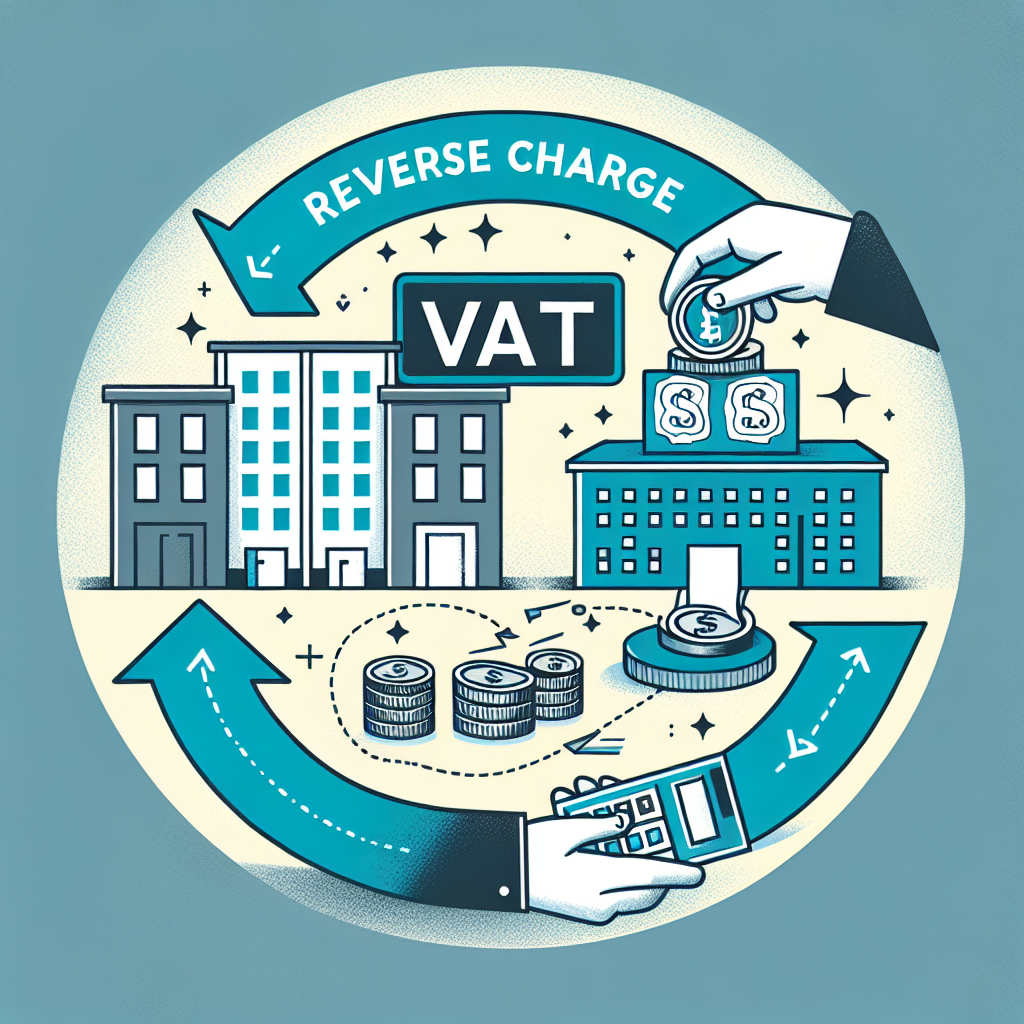
The UK construction industry saw a major shift in VAT regulations with the introduction of the VAT reverse charge on 1st March 2021. Aimed at curbing VAT fraud, this mechanism now makes customers, not suppliers, responsible for accounting to HMRC for VAT payments on certain construction services. The reverse charge does not apply to "end users," who can opt out by confirming their status in writing.
Why the VAT Reverse Charge Was Introduced
This reverse charge mechanism was introduced to address an ongoing issue of VAT fraud within the construction sector. Fraudulent contractors were charging VAT but failing to pay it over to HMRC, resulting in significant revenue losses for the Exchequer. To combat this, the new VAT rules shift responsibility for VAT accounting to the customer, thereby eliminating the chance for suppliers to withhold VAT payments.
Initially scheduled for 1st October 2019, the legislation was deferred twice and finally came into effect on 1st March 2021. Under the new scheme, the reverse charge applies to a wide range of construction services, including associated goods, but it does not extend to professional consulting services, security installations, or oil drilling. However, mixed supplies such as "design and build" projects will be treated as construction services and will be subject to the reverse charge.
Exceptions to the VAT Reverse Charge
Certain transactions are exempt from the VAT reverse charge. These include:
Supplies made by businesses that are not VAT-registered or where the customer is not using the services for business purposes.
Zero-rated supplies, such as new housing developments.
Supplies from non-UK businesses, which are covered under an existing reverse charge.
Additionally, the reverse charge does not apply to end users or intermediary suppliers linked to an end user. For instance, an end user is a person or entity that consumes the construction services without making further supplies of the same services. This could include landlords carrying out construction works for their properties, developers building for direct sale or lease, or corporate groups commissioning works for internal use.
End users and intermediary suppliers must notify their suppliers in writing of their status. HMRC provides specific wording for end users, which includes a request to be issued with a normal VAT invoice. Without this notification, the reverse charge will apply.
Practical Application of the VAT Reverse Charge
The VAT reverse charge works by shifting the responsibility for VAT payments from suppliers to customers. Here’s how the mechanism applies in various scenarios:
- For end users, VAT is charged and paid in the normal way. The main contractor will issue a VAT invoice, and the customer will pay VAT directly to the supplier, who will then account to HMRC.
- For subcontractors who work for a main contractor, VAT will not be charged by the subcontractor. Instead, the main contractor will account for the VAT on their VAT return as output tax and can simultaneously recover it as input tax, meaning no financial impact in terms of VAT.
If the employer is not an end user and does not fall under any of the exceptions, the reverse charge mechanism will apply. In this case, the main contractor will not charge VAT on their invoice, and the customer will pay VAT directly to HMRC. This VAT shift carries down the supply chain, meaning that subcontractors will not charge VAT either.
Why Does the VAT Reverse Charge Matter?
The introduction of the reverse charge has several significant implications for the construction industry:
- Cash Flow Impact: The most immediate effect is on cash flow. Suppliers, especially main contractors, will no longer receive VAT payments from their customers, which they could previously use as working capital until submitting their VAT returns. For many contractors, this could cause a cash flow strain, especially in the early months of the transition. On the other hand, smaller subcontractors may benefit from this change as they no longer have to account for VAT on sales.
- Accounting System Changes: To comply with the reverse charge, businesses need to review and potentially update their accounting systems and software. Since suppliers will not charge VAT on their invoices, invoices must be structured differently, including specific information stating that the reverse charge applies and identifying the VAT amount the customer needs to account for. These changes will require businesses to train staff and possibly adjust payment procedures to avoid paying VAT unnecessarily.
- Compliance Checks: Since errors during the initial transition period might occur, HMRC has stated that they will adopt a light touch approach to penalties for the first six months of implementation, provided that businesses are making genuine efforts to comply. However, deliberate non-compliance will still be penalized. It is, therefore, crucial to ensure that the correct VAT accounting procedures are in place and that any errors are reported and corrected promptly.
- Delays and Adjustments: Early implementation of the reverse charge may lead to delays in payment processing, as both suppliers and customers adjust to the new system and ensure that they have the correct status and information for the reverse charge to apply.
What Should Businesses Do Now?
For businesses affected by the VAT reverse charge, the next steps are crucial:
1. Identify Roles: Understand your role in the supply chain—whether you are a main contractor, subcontractor, end user, or intermediary supplier. Confirm your VAT status and that of your counterparties.
2. Obtain Written Confirmation: If you qualify as an end user or an intermediary supplier, ensure that this is confirmed in writing to your supplier to avoid unnecessary application of the reverse charge.
3. Update Contracts: For ongoing and future contracts, businesses should confirm VAT responsibilities in writing and add provisions regarding invoicing and payment to prevent miscommunication or errors.
4. Train Staff: Update your finance team or accounts department on the new requirements, ensuring that invoices are compliant with HMRC’s guidelines.
5. Monitor Cash Flow: Regularly review cash flow to mitigate any potential impacts caused by the loss of VAT as working capital.
Conclusion
The VAT reverse charge marks a significant change in how VAT is handled within the UK construction industry. While the aim is to reduce fraud, businesses must adapt to new compliance procedures, and many may feel the effects on cash flow. By taking the right steps, including updating accounting systems and ensuring clear communication with customers and suppliers, businesses can navigate these changes smoothly and avoid penalties.
For more insights on the VAT Reverse Charge for Construction Work, watch video uploaded on our YouTube Channel - debaccountants.
For more detailed information, please contact us on 01226 245824. Or email davideb@deb-accountants.co.uk


